The Tabebuia aurea, also known as the Silver Trumpet Tree or Tree of Gold, is a stunning flowering tree admired for its vibrant display of golden or yellow trumpet-shaped flowers. Here’s more about this remarkable tree:
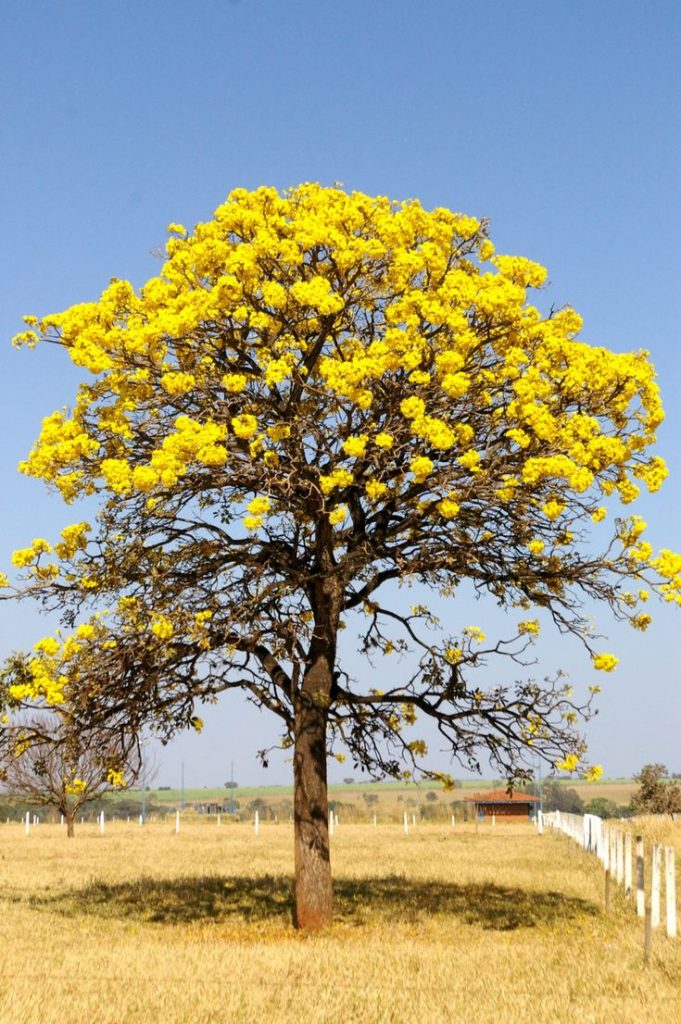
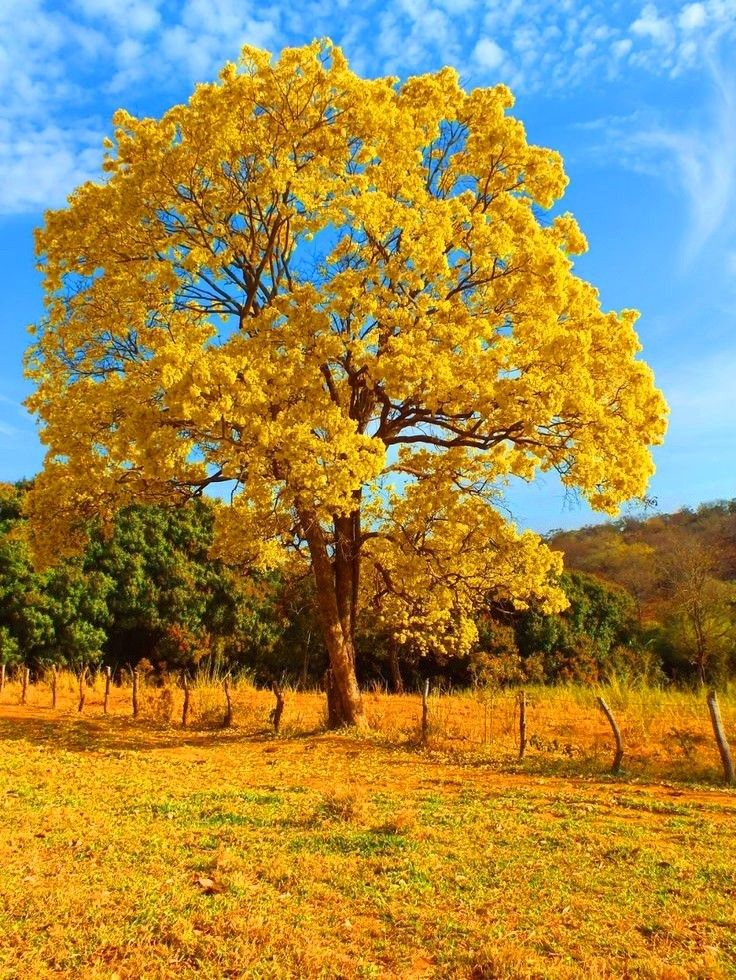

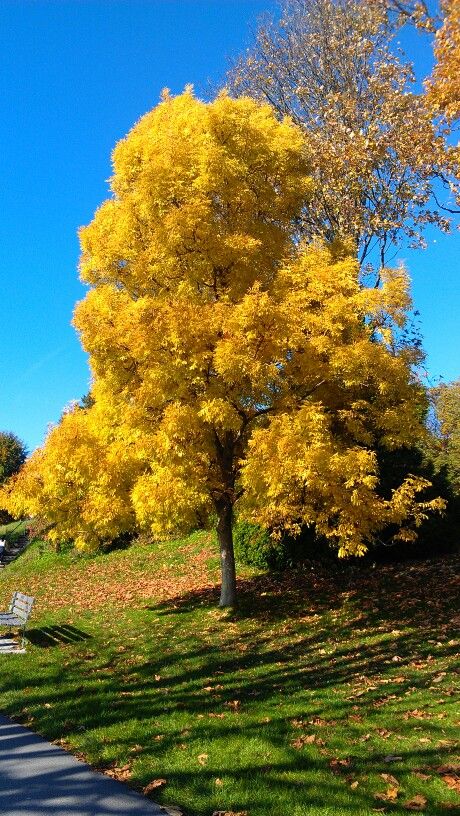


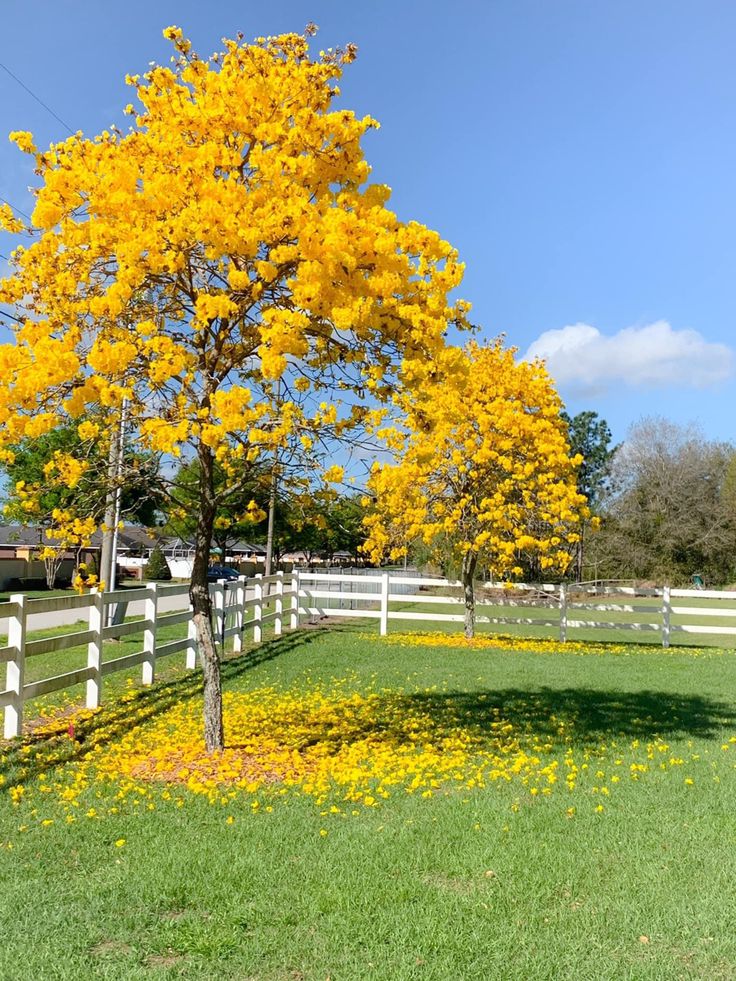
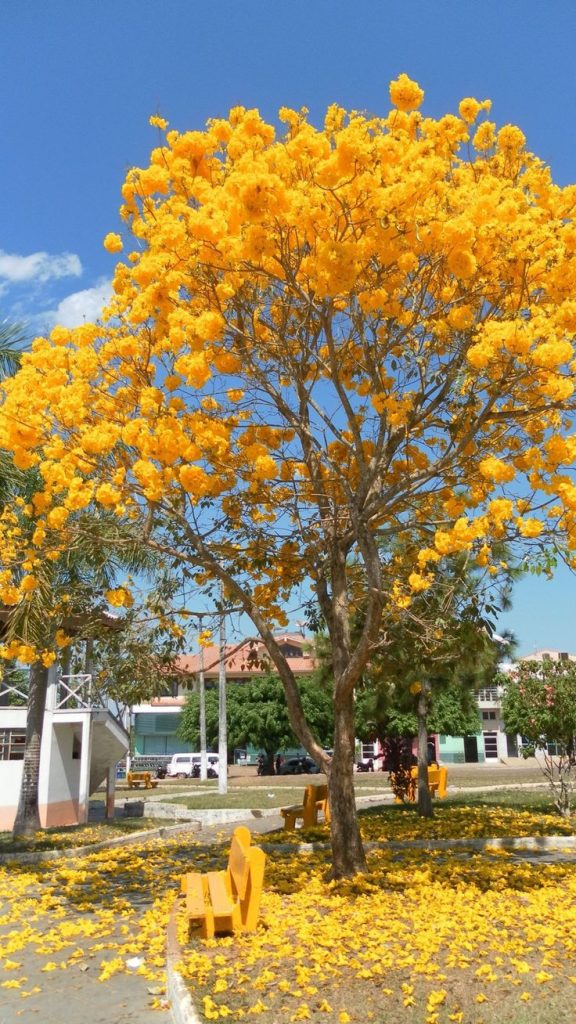
Appearance and Characteristics:
- Flowering: The Tabebuia aurea produces clusters of large, trumpet-shaped flowers that range in color from deep yellow to golden hues, creating a spectacular floral display.
- Foliage: Its foliage consists of compound leaves with multiple leaflets that are typically green, providing an attractive backdrop to the vibrant blossoms.
- Growth Habit: It is a deciduous tree, shedding its leaves in preparation for the flowering season. The tree grows into an upright, spreading form, reaching heights of around 25 to 40 feet (7.6 to 12 meters).
- Season: The Tree of Gold typically blooms during the spring, adorning the landscape with its radiant yellow flowers before the new foliage emerges.
Cultivation and Care:
- Sun and Soil: Thrives in full sun, requiring well-draining soil for optimal growth. It can tolerate various soil types, including sandy or loamy soils.
- Watering: Once established, it is somewhat drought-tolerant, but regular watering during dry spells encourages better flowering and overall health.
- Pruning: Minimal pruning is usually required to maintain a desirable shape and remove dead or damaged branches.
Landscape Use:
- Ornamental Value: The Tabebuia aurea is often planted as an ornamental tree in parks, gardens, and along streetscapes due to its stunning floral display.
- Attracts Wildlife: Its nectar-rich flowers attract pollinators such as bees, butterflies, and hummingbirds, contributing to biodiversity.
Cultural Significance:
- Regional Importance: It is native to regions in Central and South America, including Brazil and Venezuela, and has become a beloved tree in many tropical and subtropical regions worldwide.
- Symbolism: In some cultures, the golden flowers symbolize joy, vitality, and celebration, making it a cherished tree in ceremonial contexts.
The Tabebuia aurea, with its radiant golden blooms and attractive foliage, adds a burst of color and natural beauty to landscapes, making it a popular choice for those seeking a dazzling display of flowers in the springtime. Its cultural significance and ecological contributions further enhance its appeal, making it a treasured tree in various regions.





